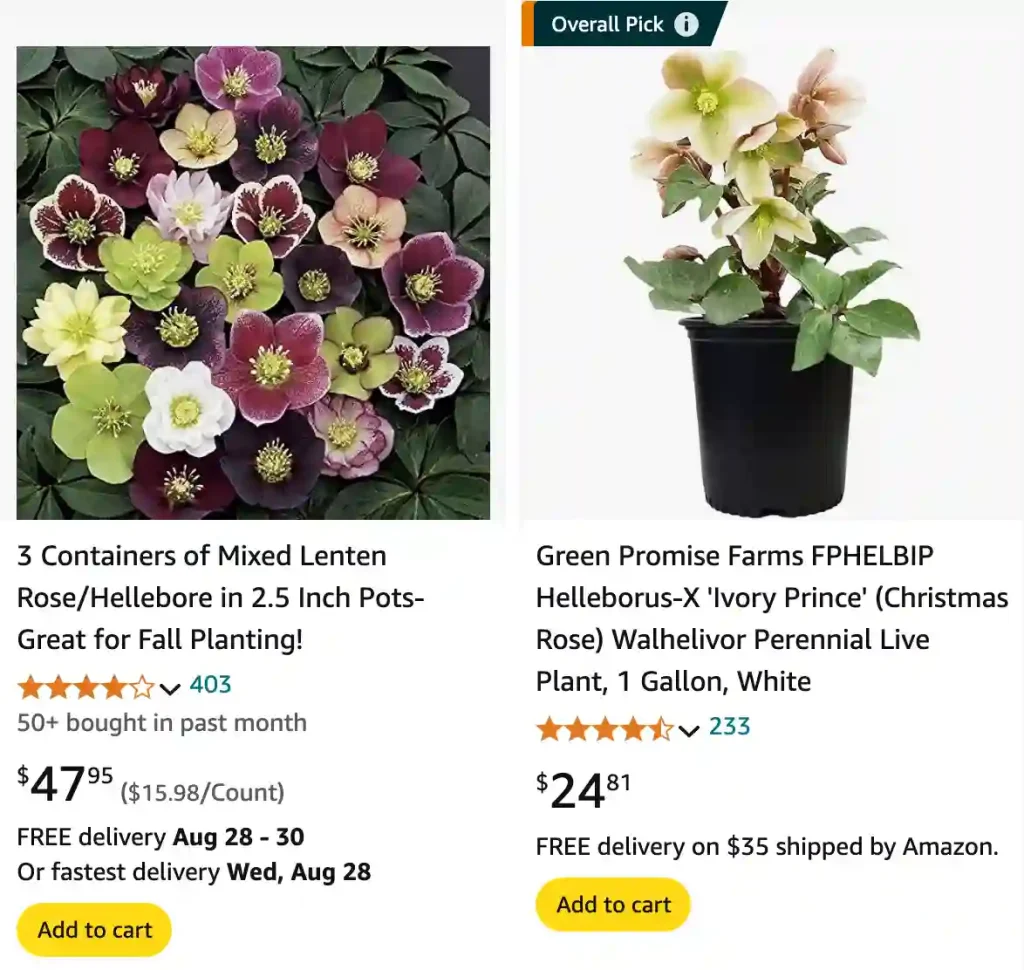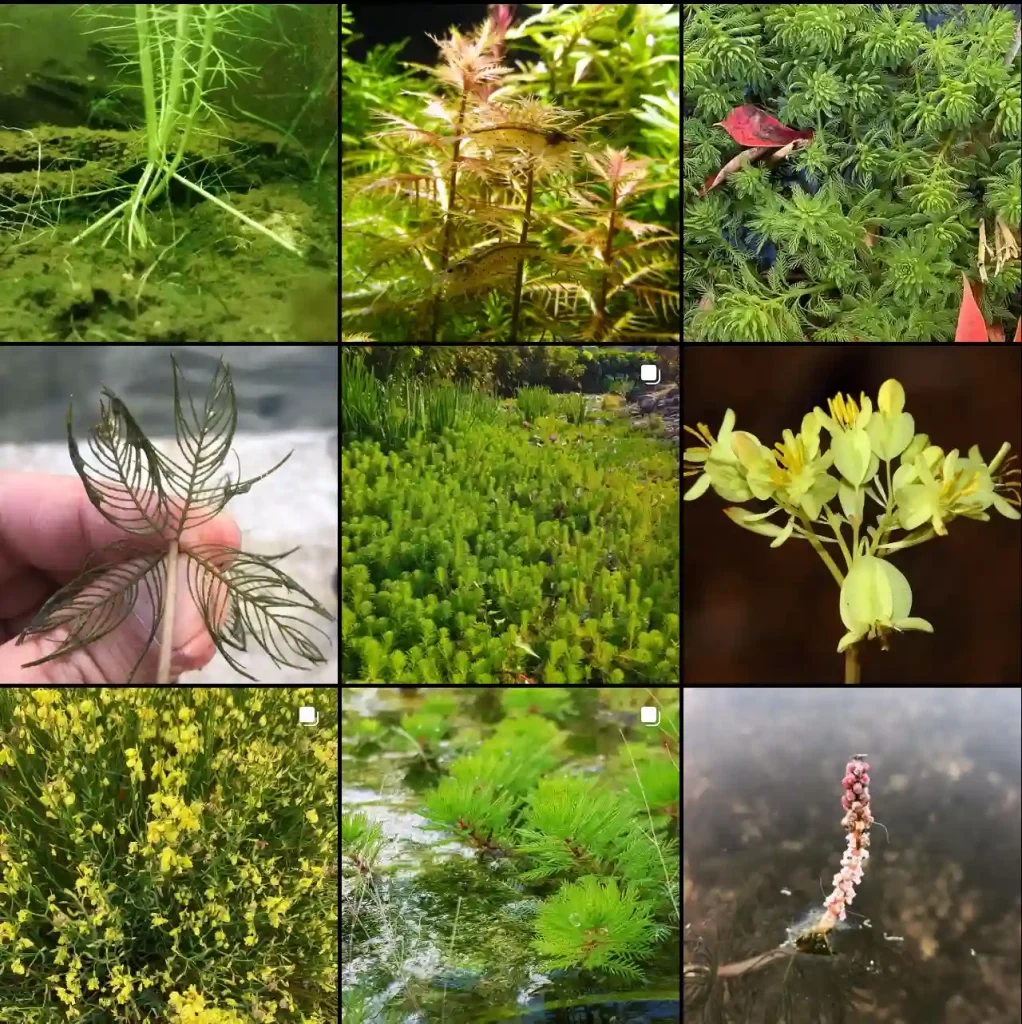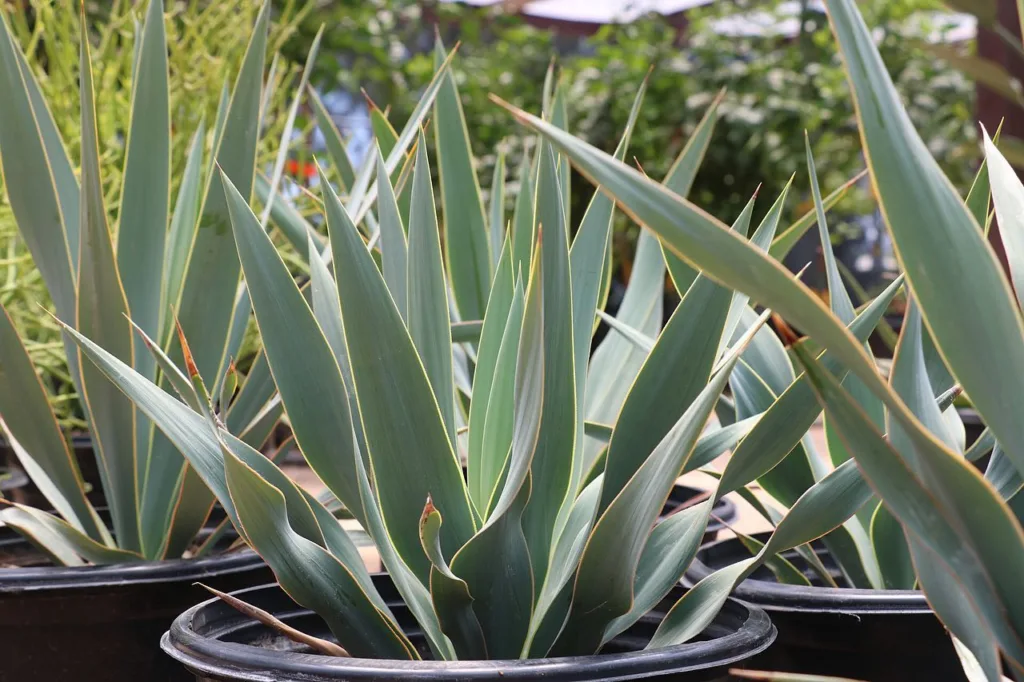
FAQs About Lenten Rose
When I first encountered the Lenten Rose, I was intrigued by its unique charm and the mysteries surrounding its care and propagation. This plant, known scientifically as Helleborus, belong to the Ranunculaceae family, has a lot to offer gardeners who are looking for a hardy, winter-blooming perennial. Over time, I’ve gathered answers to some of the most frequently asked questions about Lenten Rose, and I’m excited to share them with you.
What Is a Lenten Rose?
A Lenten Rose is a perennial plant belonging to the Helleborus genus. Despite its name, it is not a true rose but is admired for its rose-like flowers that bloom during the winter and early spring. Its foliage is evergreen, and it’s particularly appreciated for its ability to thrive in shaded or partially shaded areas of the garden.
Helleborus species
- Helleborus argutifolius Viv. Plant FAQs: Helleborus Argutifolius
- Helleborus atrorubens Waldst. & Kit.
- Helleborus cyclophyllus (A.Braun) Boiss. Plant FAQs: Helleborus Cyclophyllus
- Helleborus dumetorum Waldst. & Kit. ex Willd.
- Helleborus foetidus L.
- Helleborus lividus Aiton
- Helleborus × mucheri Rottenst.
- Helleborus multifidus Vis.
- Helleborus niger L.
- Helleborus odorus Waldst. & Kit. ex Willd.
- Helleborus orientalis Lam.
- Helleborus purpurascens Waldst. & Kit.
- Helleborus × tergestinus Starm. ex Rottenst.
- Helleborus thibetanus Franch.
- Helleborus torquatus Archer-Hind
- Helleborus vesicarius Aucher ex Boiss.
- Helleborus viridis L.
When to Plant Lenten Rose?
The best time to plant Lenten Rose is in the fall or early spring. Planting in fall gives the plant a chance to establish its roots before the growing season begins. However, if you’re planting in spring, make sure the soil is not too wet and is well-drained. I’ve found that the plant does best in a location with consistent moisture and filtered light.
When Do Lenten Roses Bloom?
Lenten Roses typically bloom from late winter to early spring, often starting as early as February in milder climates. The flowers can last for several months, adding a touch of beauty to your garden when many other plants are still dormant. I’ve enjoyed their blooms for their rich colors and subtle fragrance during these cooler months.
How to Care for Lenten Rose?
Caring for Lenten Rose is relatively straightforward. Here are a few tips based on my experience:
- Watering: Keep the soil consistently moist but not waterlogged. A good rule of thumb is to water when the top inch of soil feels dry.
- Soil: They prefer well-drained, loamy soil. Adding compost can improve soil fertility and drainage.
- Fertilizing: Feed with a balanced, slow-release fertilizer in early spring.
- Pruning: Remove old foliage and spent blooms to promote new growth and keep the plant looking its best.
How to Propagate Lenten Roses?
Propagating Lenten Roses can be a bit challenging. The most reliable methods are by division or seed. Here’s a brief overview:
- Division: Divide the plant in early spring or fall. Carefully separate the root clumps and replant them in well-prepared soil.
- Seeds: Sow seeds in a cold frame or indoor setting. Lenten Rose seeds require a period of cold stratification to germinate.
When to Transplant Lenten Rose?
Transplant Lenten Rose in the fall or early spring when the plant is not actively growing. This helps minimize stress and allows the plant to establish itself in its new location before the growing season begins. Be sure to dig up the plant with a generous amount of its root ball and replant it immediately.
Are Lenten Roses Deer Resistant?
Yes, Lenten Roses are generally deer resistant. Their tough, leathery leaves are unappealing to deer, making them a good choice for gardens in areas where deer are a problem.
Are Lenten Roses Poisonous?
Yes, Lenten Roses are toxic if ingested. All parts of the plant, including the leaves, stems, and flowers, contain compounds that can cause nausea, vomiting, or diarrhea if consumed. It’s wise to plant them in areas where children and pets are unlikely to eat them.
Are Lenten Roses Evergreen?
Yes, Lenten Roses are evergreen. They maintain their foliage throughout the winter, providing year-round interest in the garden. The leaves are dark green and provide a nice contrast to the blooming flowers.
Lenten Rose vs. Christmas Rose
The Lenten Rose and Christmas Rose are often confused, but they are distinct. The Christmas Rose (Helleborus Niger) blooms around Christmas and is typically white, whereas the Lenten Rose (Helleborus orientalis) blooms later in the winter and comes in a variety of colors. Both are part of the Helleborus genus but have different blooming periods and flower colors.
Lenten Rose vs. Hellebore
The term “Hellebore” is a broader category that includes Lenten Roses as well as other species like the Christmas Rose and the Stinking Hellebore (Helleborus Foetidus). While all Lenten Roses are Hellebores, not all Hellebores are Lenten Roses.
Lenten Rose vs. Primrose
Lenten Roses and Primroses are different plants altogether. Primroses (Primula) are typically spring-blooming and have a different foliage structure compared to the evergreen Lenten Rose. Primroses are more often grown as annuals or short-lived perennials, while Lenten Roses are long-lived perennials with winter blooms.
Common Problems
While Lenten Roses are relatively low-maintenance, they can occasionally face issues such as:
- Leaf Spots: Fungal infections can cause unsightly leaf spots. Ensure good air circulation and avoid overhead watering.
- Root Rot: This can occur if the soil is poorly drained. Improve drainage and avoid overwatering.
What to Plant With Lenten Rose?
Lenten Roses pair well with other shade-loving plants such as hostas, ferns, and hellebores of different varieties. Their evergreen foliage and winter blooms make them excellent companions for other shade garden plants.
By understanding these aspects of Lenten Rose care and characteristics, you can enjoy its beauty and resilience in your garden. Whether you’re a seasoned gardener or a beginner, incorporating Lenten Roses into your landscape can add a touch of elegance to those often dreary winter months.
If i die, water my plants!



